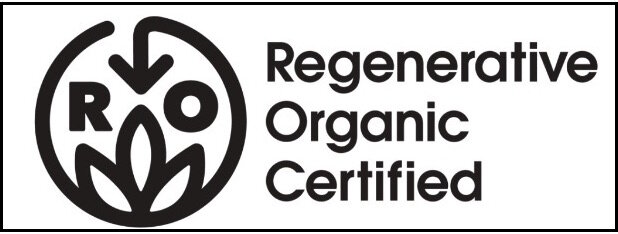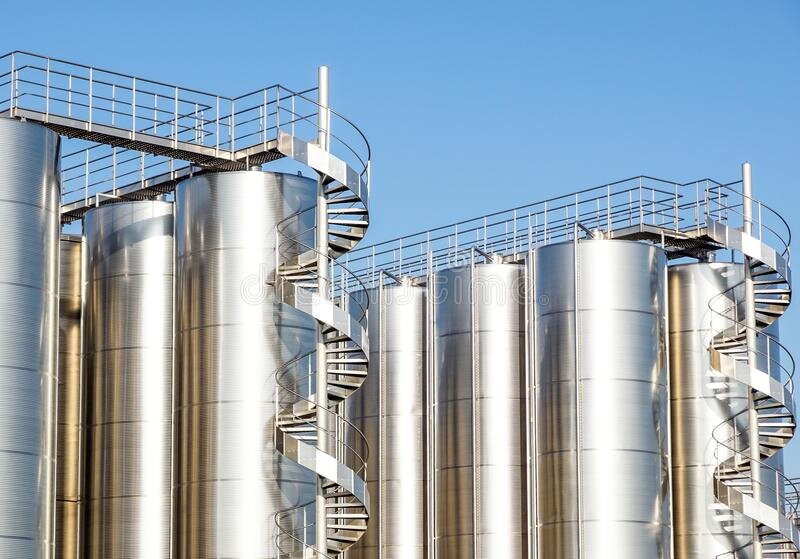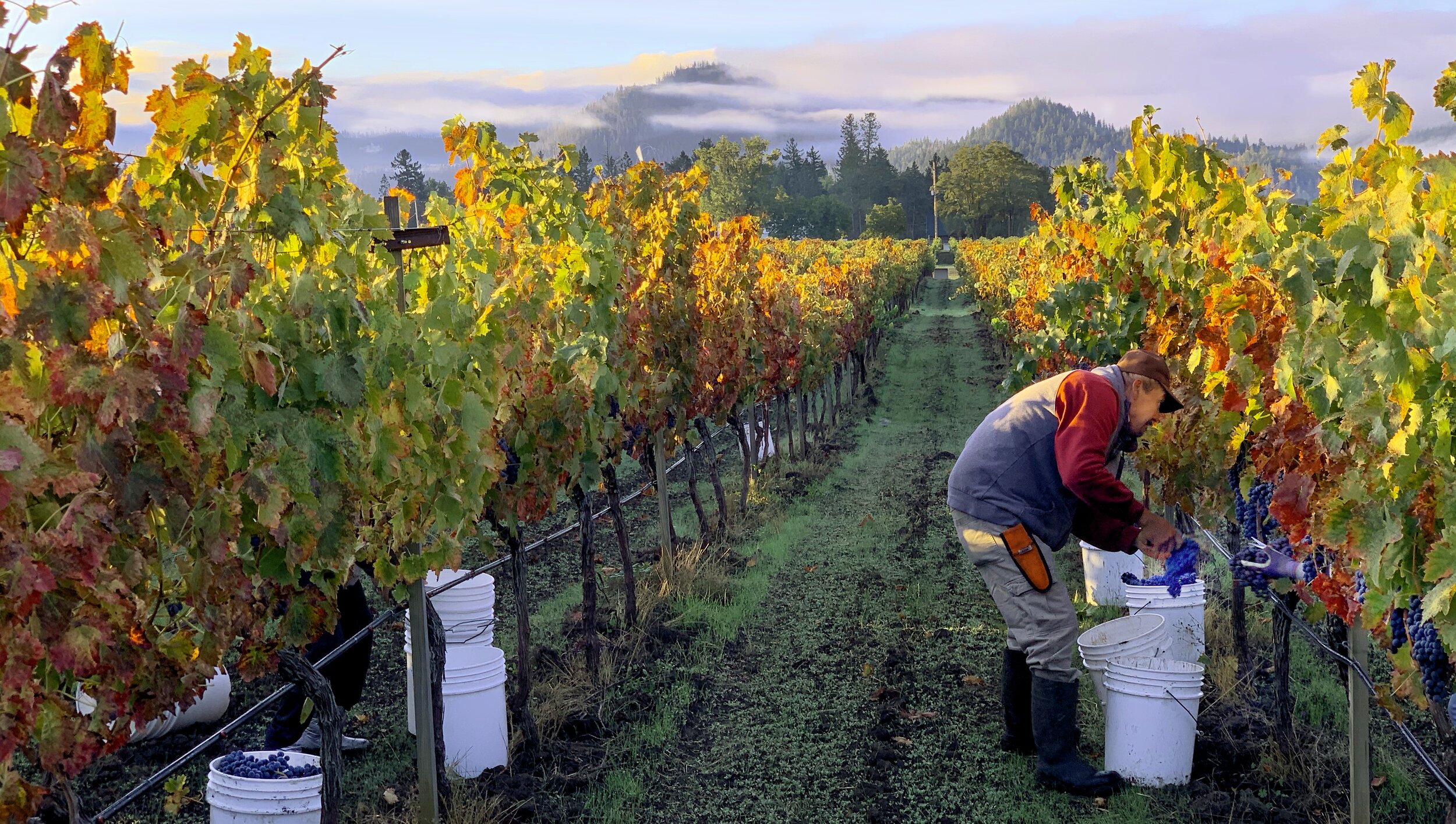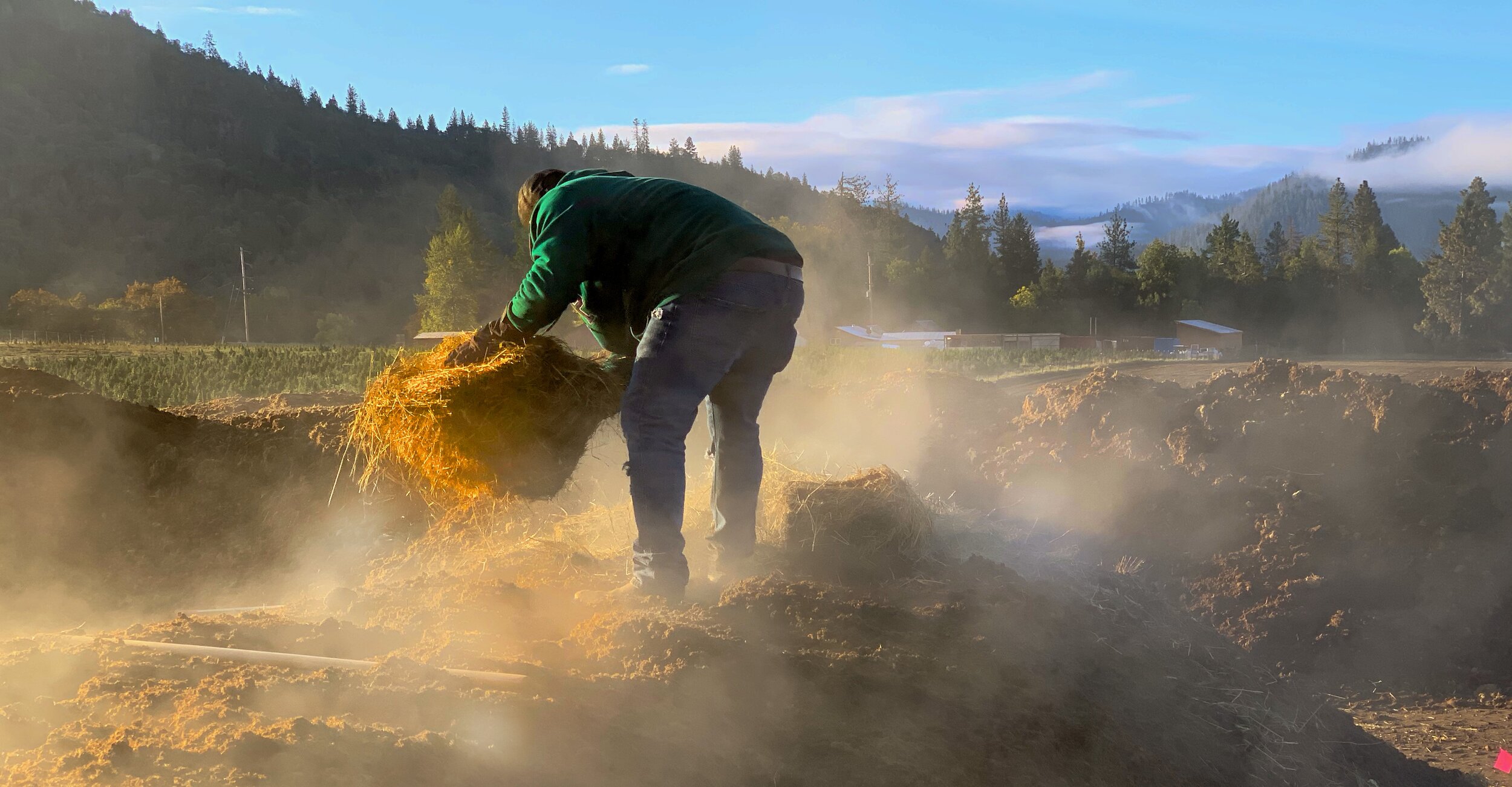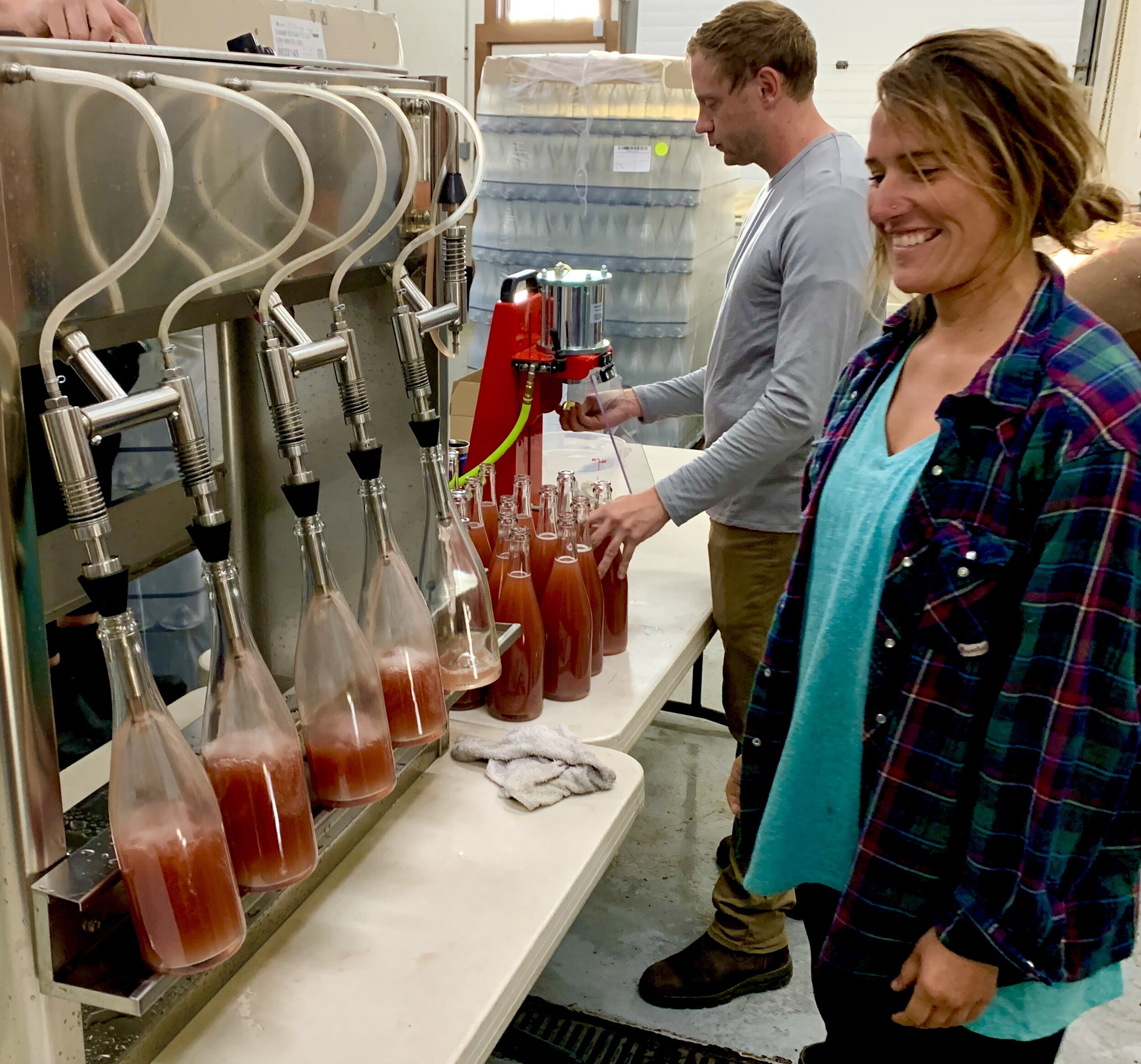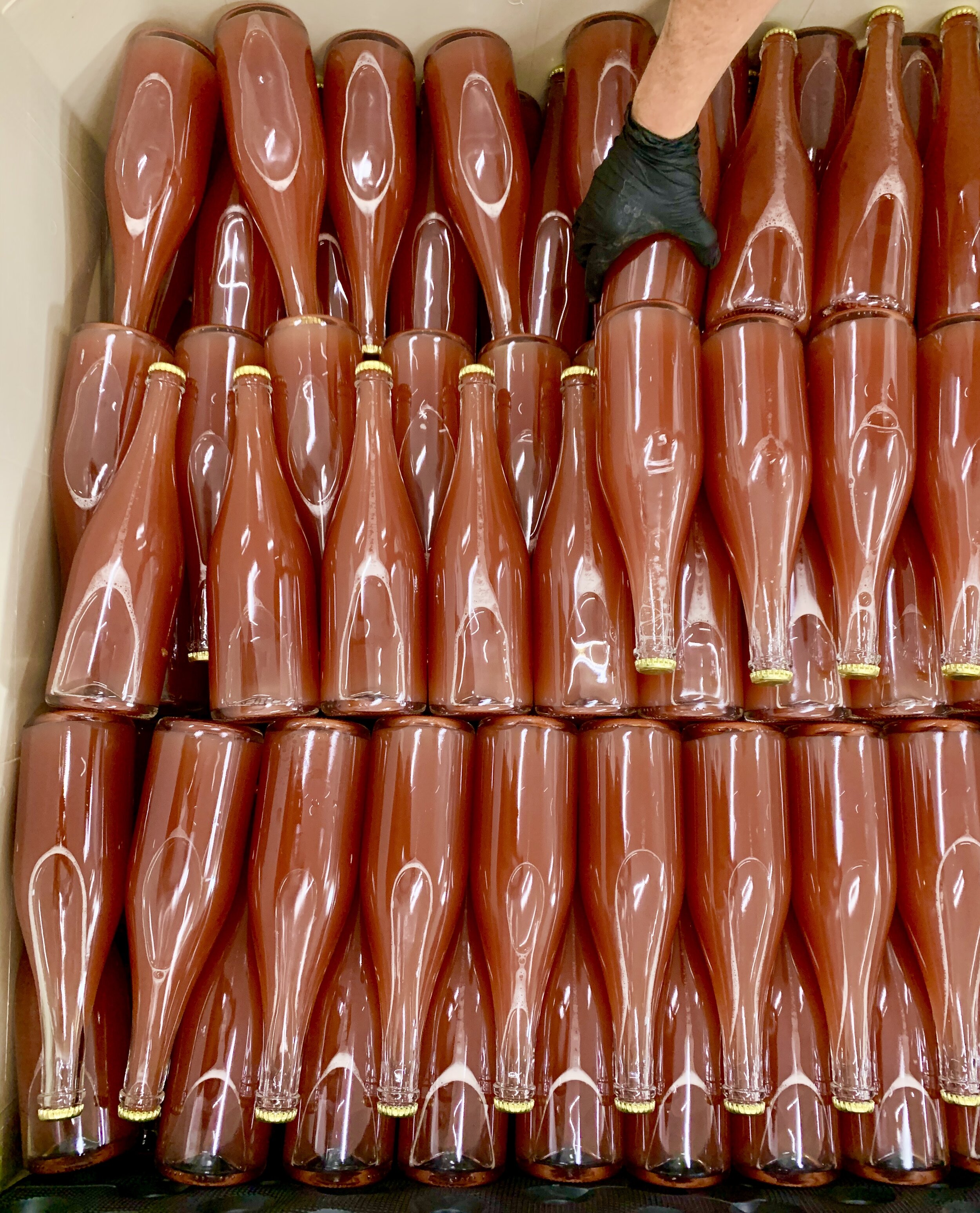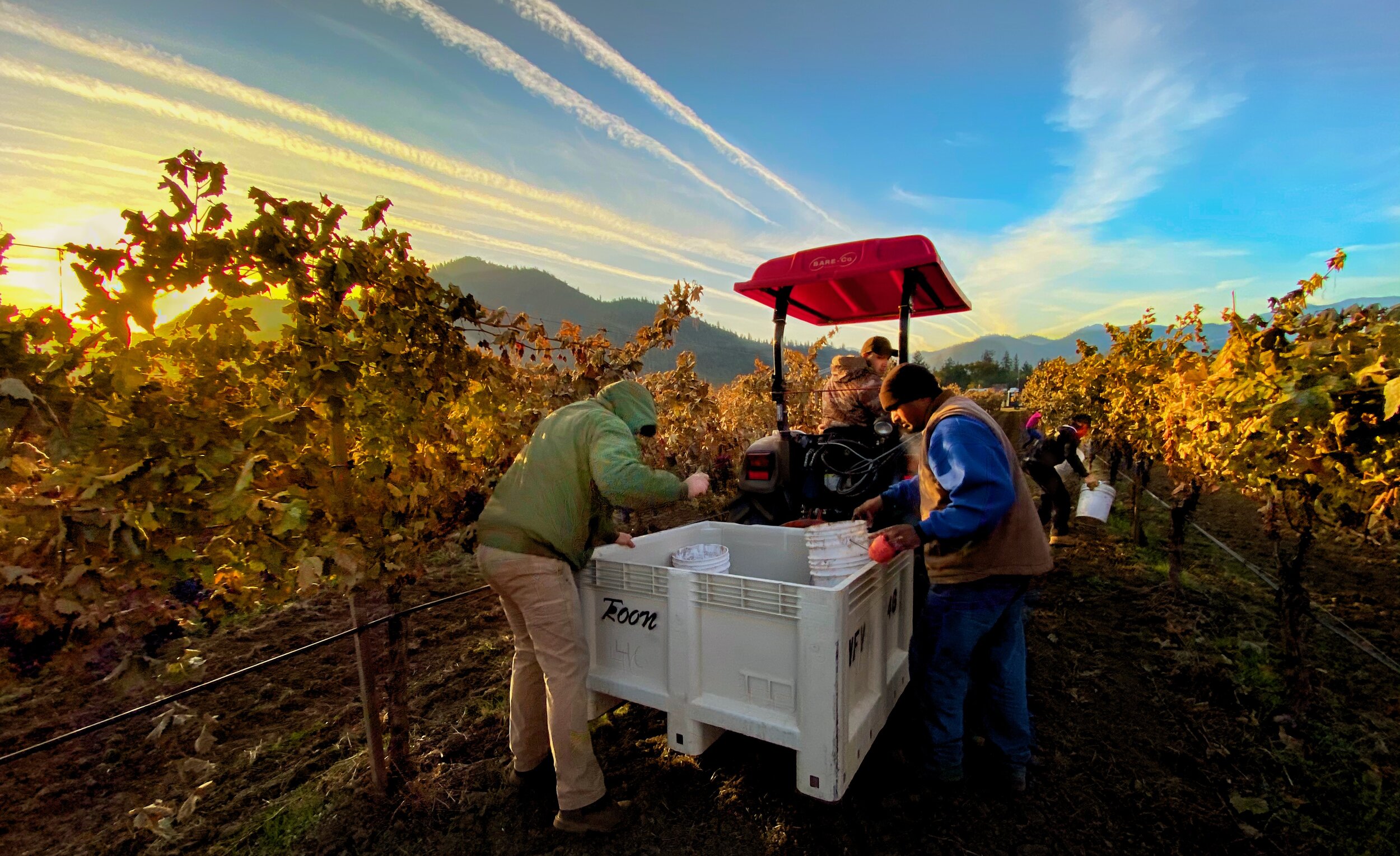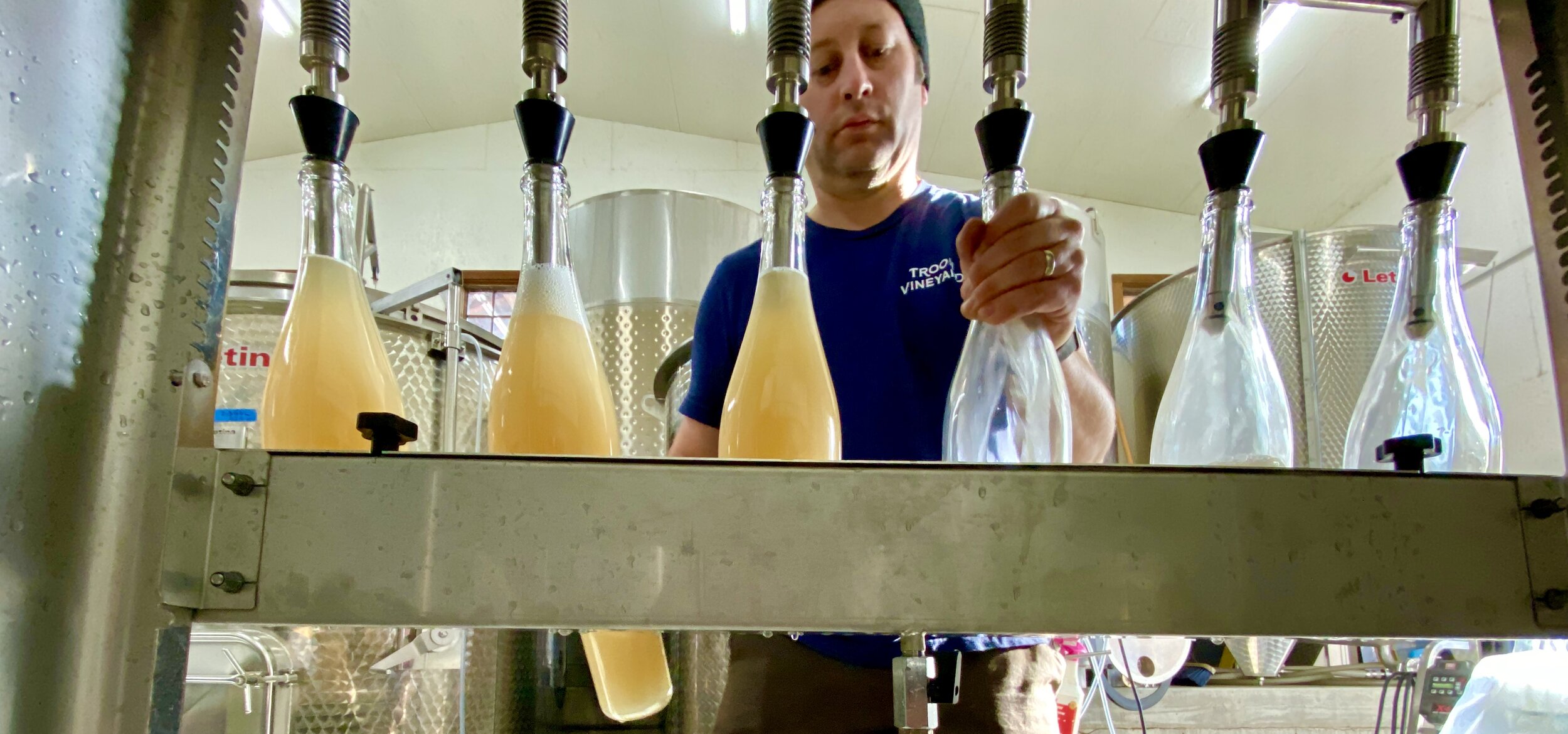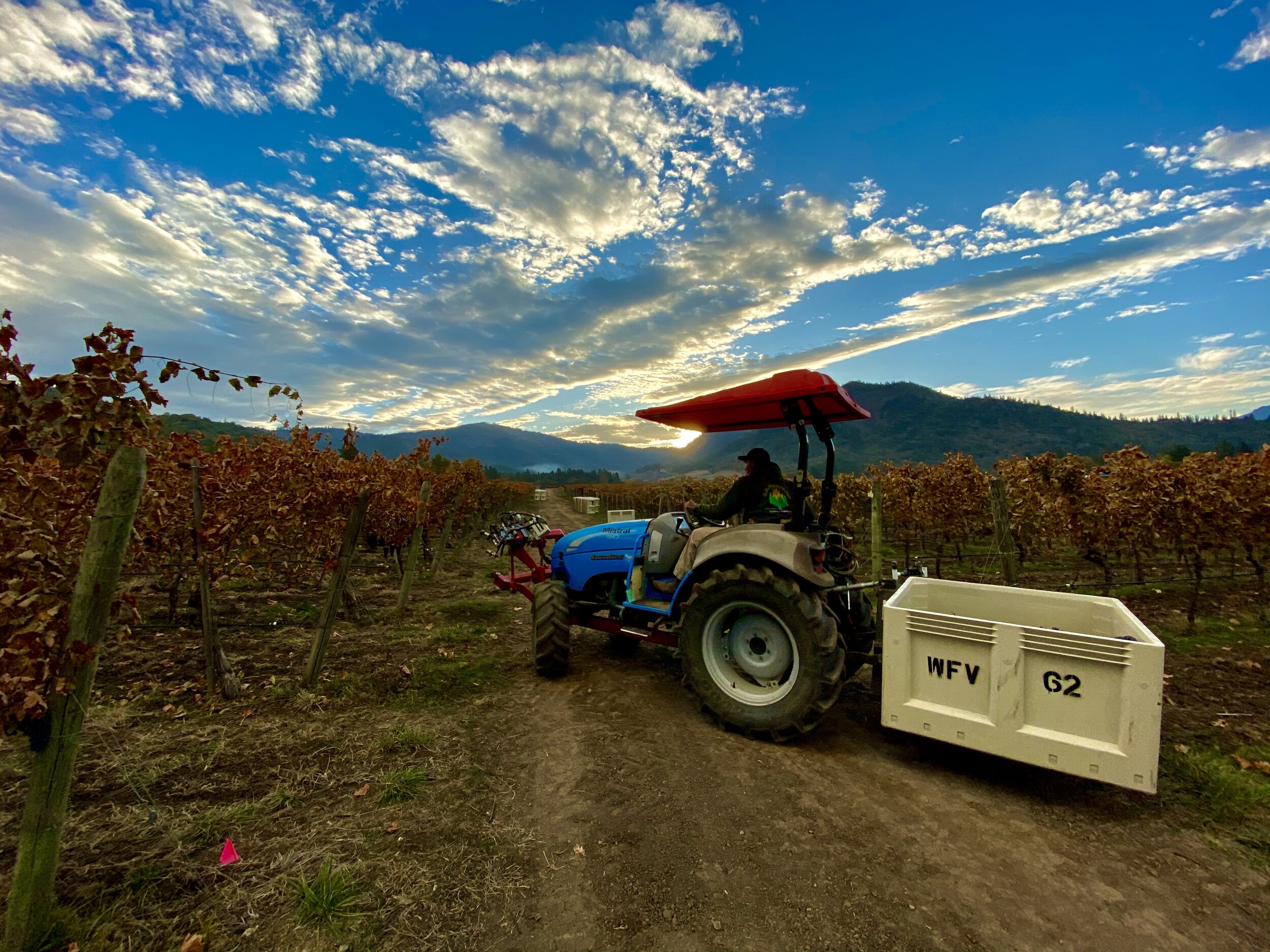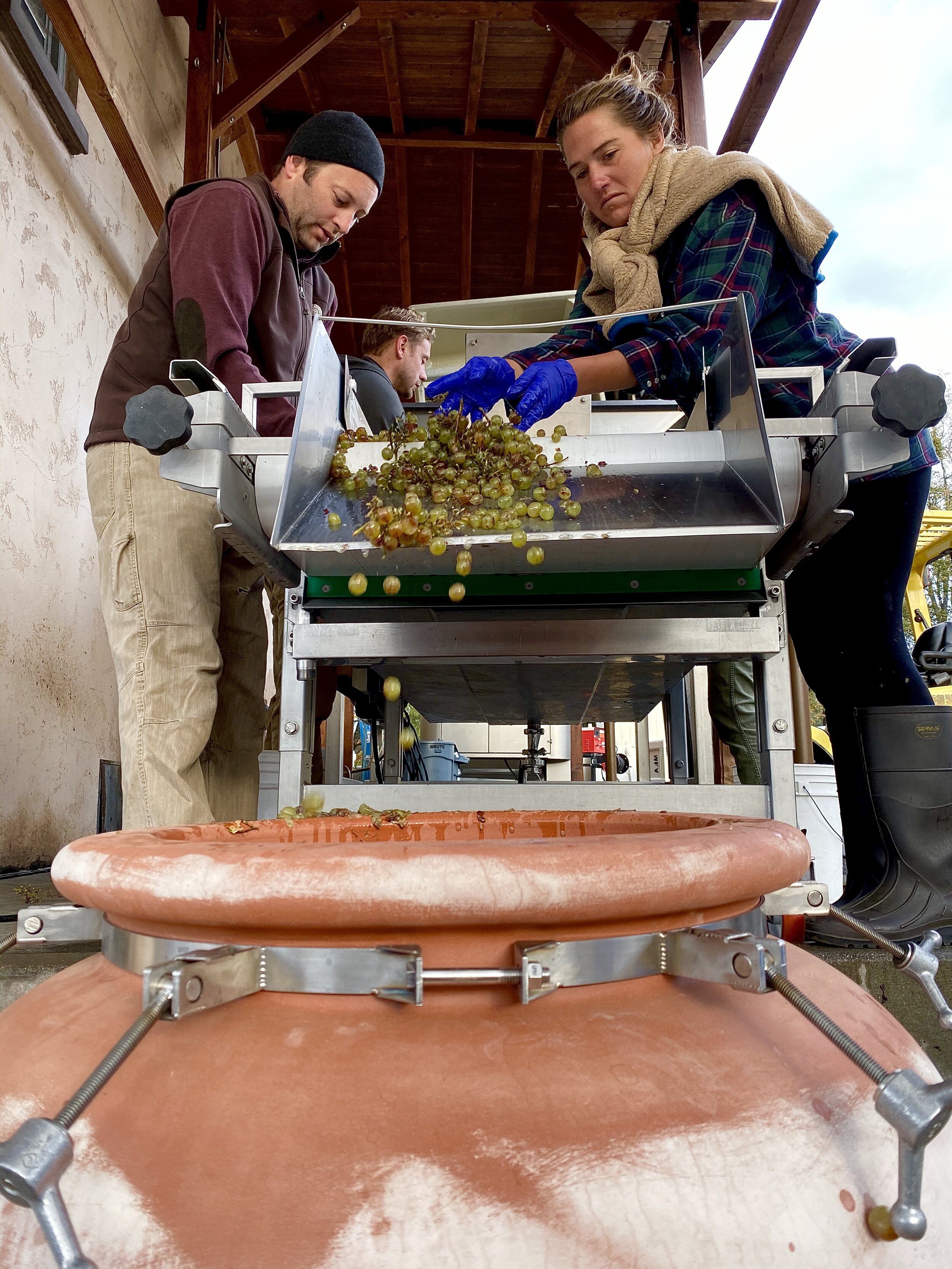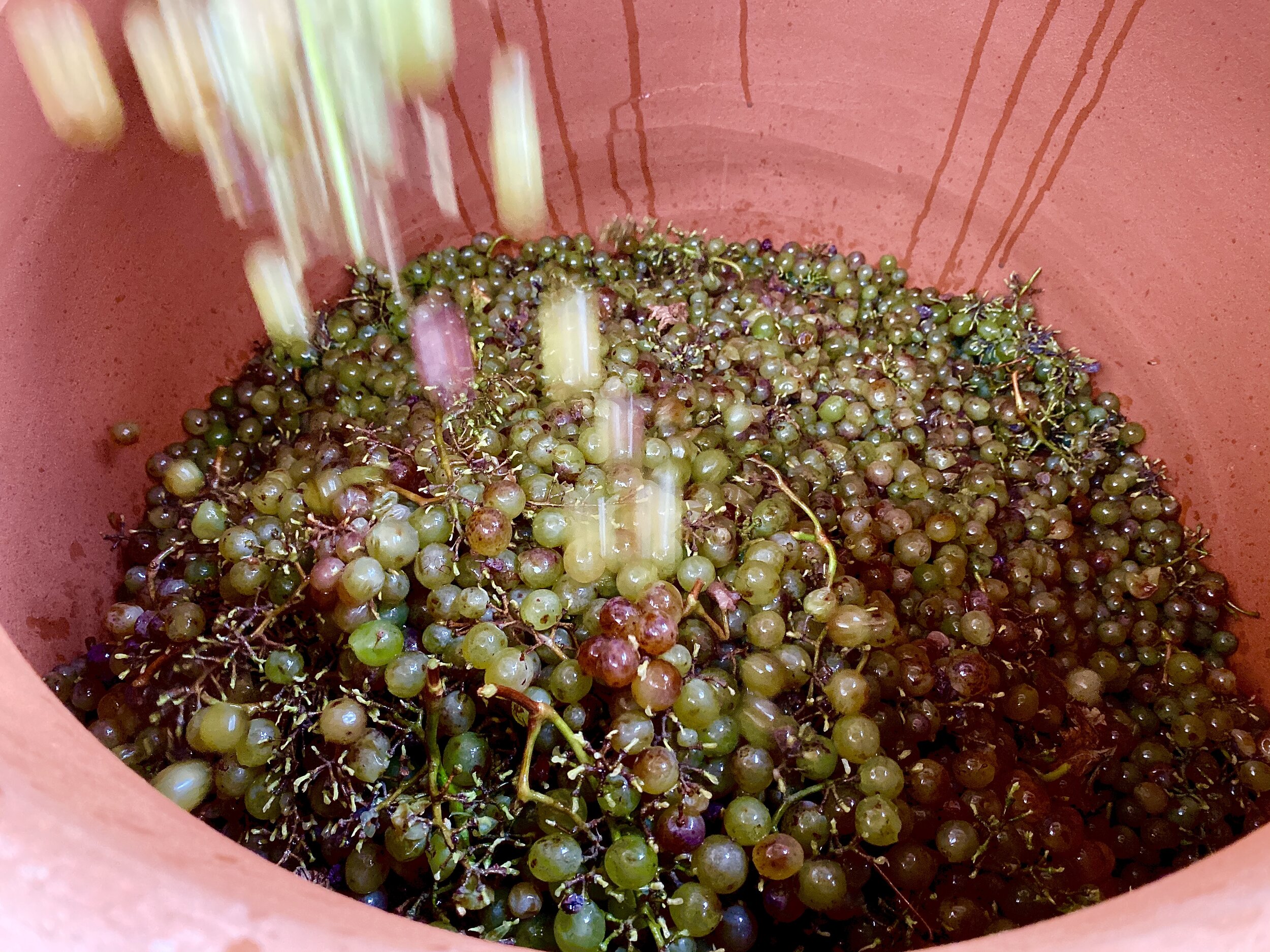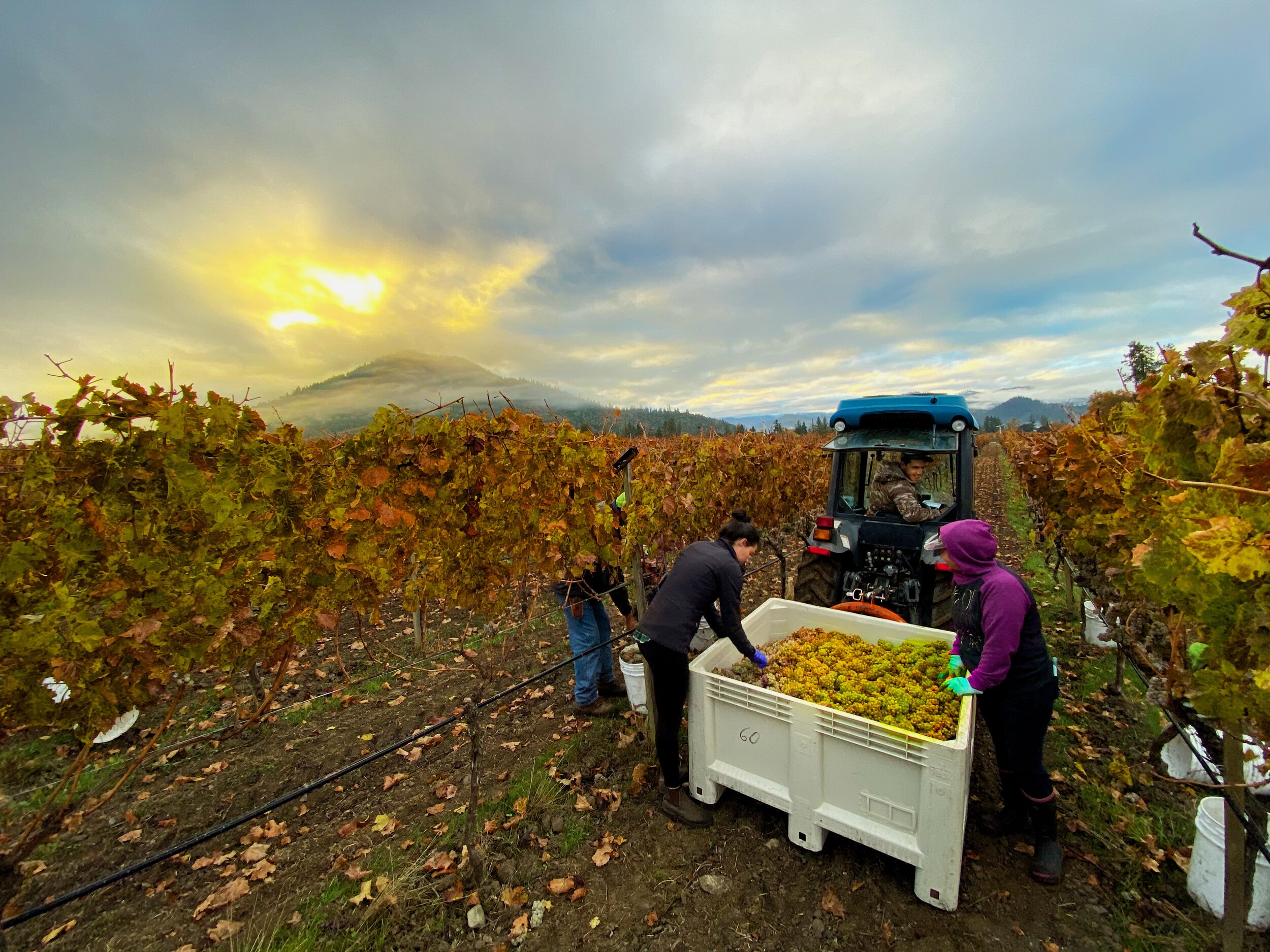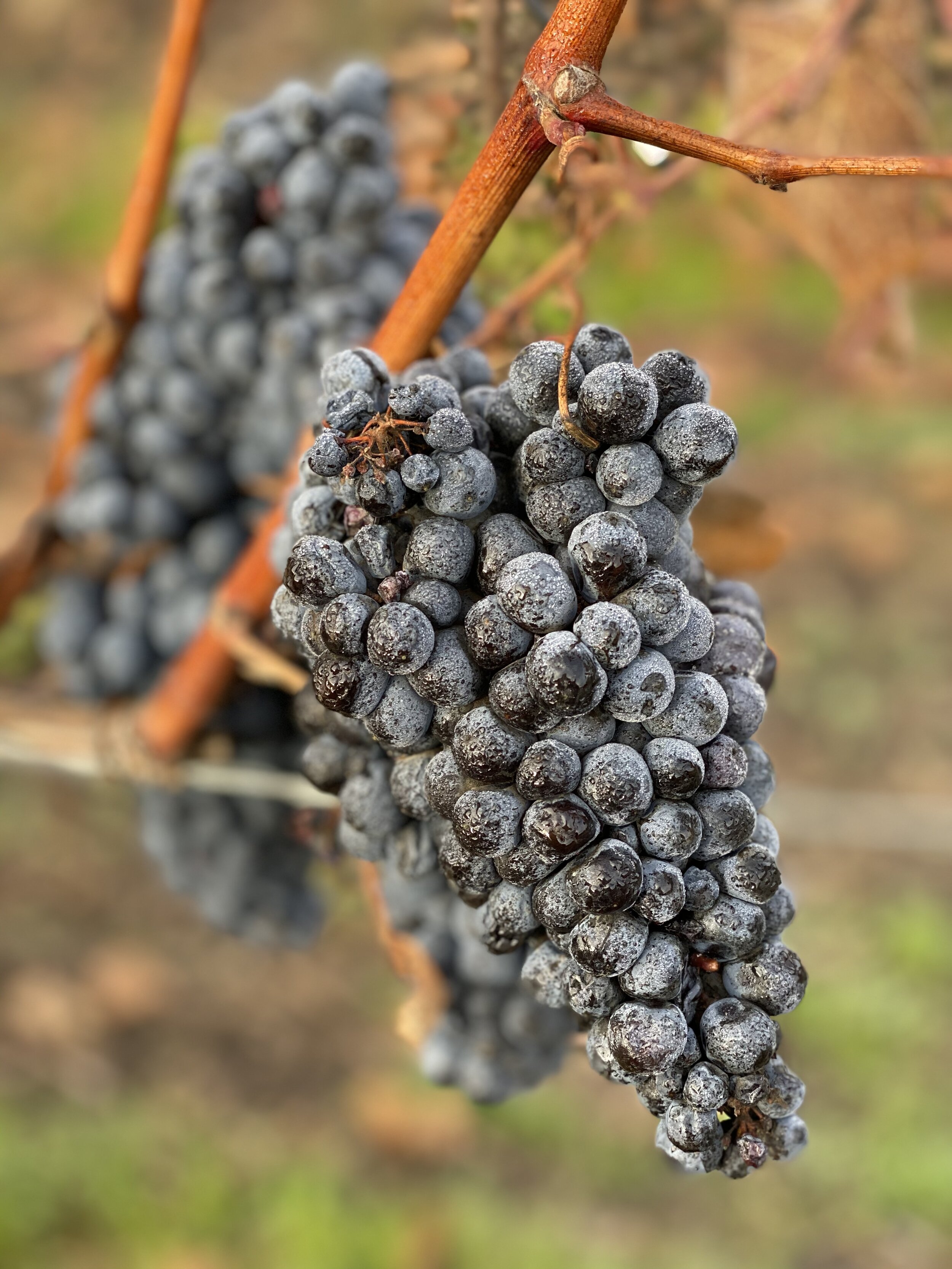In a time that seems far-far away these days, within a few months of each other, I attended two biodynamic conferences. One was the Biodynamic Wine Conference in San Francisco and the other was the Biodynamic Conference in Portland. While the names of these two conferences only differed by one word, the conferences themselves were worlds apart.
The Demeter sponsored Biodynamic Wine Conference was all about down-to-earth biodynamic and organic farming. The sessions were about composting, soil microbiome, and building mycorrhizal communities. It was also about asking questions. What tenets of biodynamics worked and which didn’t? It was an excellent conference that both inspired and informed. A few months later, I attended the Biodynamic Association’s Biodynamic Conference and found myself in another world - literally another world. Scanning the conference schedule I was hard-pressed to find sessions with the practical focus of the previous conference. However, there were sessions like, “How to Invite Elementals onto Your Farm”, “How Inner Development Affects Our Tasks on the Farm” and “5 Solutions for Land-Based Wealth Distribution”. I discovered there were two worlds of biodynamics and they were worlds apart.
I came to biodynamics the same way most wine people do. At first, I was extremely skeptical, but time-after-time I would taste a wine that impressed me and time-after-time they were biodynamic wines. Skepticism slowly turned to curiosity, then turned to conviction. As I met more biodynamic winegrowers I was impressed by their practical approach and commitment to soil health as the foundation of healthy vines. Healthy vines in healthy soils give you the best chance of making worthwhile wines.
One of the wines I loved was Nicolas Joly’s Coulée de Serrant, but I found his writings on the subject too esoteric. Then there was Rudolf Steiner himself. After a few attempts to read his writings, I was quickly cured of any desire to try again. After all, he died in 1925 and most of the agricultural writings I read are more likely to have been written in this century. Agricultural science has evolved a bit in the last 95 years. So, as I pursued biodynamics I relied more on working winegrowers than the writings of a long-dead philosopher, who was not even a farmer. The agricultural lectures, on which biodynamics was based, was a minor part of Steiner’s work. He only participated reluctantly and there were only eight lectures given over ten days. He died the next year.
The two conferences I attended really illuminated these two faces of biodynamics for me - the anthroposophical, “spiritual-science” side and, what I call, practical biodynamics. As I look at biodynamics, I see a framework that clearly has an effect on wine quality. We work within that framework as, at this time, we simply don’t know what parts of that framework work from those that don’t. It is our responsibility to add to this body of knowledge so that the next generation can build on the best practices and discard the worthless ones. To achieve that goal, at Troon Vineyard we are working with academics from Oregon State, the University of Oregon and Linfield College and with Biome Makers to build a database on the transitions in our soils, compost, plants, fermentations and wines as we convert from conventional to biodynamic regenerative agriculture. You can be a biodynamic farmer and not be a follower of Steiner.
For obvious reasons, the media loves to focus on the Steiner side of biodynamics. Let’s face it, it makes better copy than farmers simply seeking the secrets of naturally building the microbiome of their soils. Some writers don’t just focus on the more picturesque parts of the Steiner side of biodynamics, but go on the attack and lump all biodynamic farmers into the anthroposophical basket. A recent article, The problem with biodynamics: myths, quacks and pseudoscience by Joshua Dunning is just the latest in this group. On his site, he notes that he, “holds an undergraduate degree in Economics and Finance and a postgraduate MSc in Supply Chain Management from Aston University. My field of expertise lies in continuous improvement, I have worked for leading discount-supermarket chains, consulted to start-up tech companies, and am now employed by a leading UK automotive manufacturer.” I think we can assume this means he probably is not a farmer. As someone who spends most of his days on a biodynamic farm, I’d like to address some of the points he makes in his article.
“My somewhat fierce opposition to Steiner and his quackery” I don’t disagree much here. There is much not to like about Steiner. I would point out that in 1924 there was no shortage of quacks, many of whom were respected medical professionals. I’m no defender of Steiner, but judging people from one hundred years ago by today’s standards is difficult at best. However, Steiner’s racism can’t be ignored.
It seems even more unlikely that held static and unchanged that the proposed process would continue to offer the most effective form of agriculture for many decades to come. Most of what we call biodynamics today was created after Steiner died in 1925, just a year after he gave the lectures. It can be argued that Ehrenfried Pheiffer is the real father of biodynamics and it was his book Bio-Dynamic Farming that launched that concept to the world in 1938. After Pheiffer, there is a long list of people that have contributed to what is today known as biodynamics. Steiner himself would barely recognize biodynamics as practiced on commercial farms today. By the way, he probably never heard the word biodynamics.
“An example being the use of animal byproducts in biodynamics; why is the use of the horn insisted upon? Would a synthetic product be better? Why is this is not tested?” Actually there have been ongoing tests and some have been promising. At this point, the horns have been the most reliable, but it is reasonable to assume that someday they could be replaced by other containers. There is actually pressure from vegans to find alternatives. That said, the idea of a synthetic product runs contrary to the concept of building a natural system. We’re trying to use less plastic, not more. Besides, as the goal of making BP 500 is to collect fungi and bacteria, it is not unreasonable to assume that they would prefer natural materials.
“However, the advocation of pseudoscience erodes public understanding and appreciation for good science, discredits the work of serious scientists and makes it harder to encourage critical thinking.” True, except that biodynamics is now the focus of a lot of research. I would refer you to the scientists studying our vineyard. The fact is that soil microbiome and the mycorrhizal system is the hot topic of modern agri-science. Now that big money is involved, there is great interest in discovering those secrets and due to that, we will know a lot more about biodynamics in the coming decades.
“It is advised that particular preparations are stirred for an hour in order to not only dissolves the substances but ‘more importantly, release the dynamic forces” We also make compost tea, a well-proven agricultural tool. To make that compost tea, you brew it for 24 hours with active aeration that encourages the microbiological life before application. Stirring BD 500 for one hour does exactly the same thing. One side of the biodynamic community may focus on “forces” but the other side is focused on microbiology. We also believe this releases dynamic forces, but those forces are fungi and bacteria.
“It’s difficult to find reliable estimates of the financial costs of converting to biodynamic, even trickier is establishing the cost variation between working organic and biodynamic.” Actually, the organic part is far more expensive than the biodynamic part. The biggest expense is the farm equipment - mechanical weed control, etc., but that is also required for organics. Compost tea brewers are expensive, but are not part of the biodynamic system. Compost is very expensive and time-consuming, but that too is part of organics. The actual biodynamic preparations are very inexpensive to produce. You have to be organic to be biodynamic, so the additional cost and time to be biodynamic are not significant.
“However, there were no differences in several other variables measured, including pH, cation exchange capacity, moisture content, and ammonium, potassium, and phosphate levels. In contrast, researchers found that biodynamic preparations reduced both compost pile temperature and nitrate concentration.” The main difference between standard compost and biodynamic is that the biodynamic process does have lower pile temperatures. In fact, biodynamic compost is not considered compost by the USDA for this reason. The lower temperatures create the conditions for more robust microbiology in the compost, which would be reduced by the higher temperatures. The faulty thinking here is that the compost is used as a fertilizer, which is not its primary function. The goal of biodynamic compost and BP 500 for that matter, is to rebuild soil microbiome. It is primarily a probiotic, not a fertilizer. Vines do not require nutrient-rich soils. With a well established mycorrhizal community, they can easily extract all of their requirements without additional fertilizers.
“No differences were found in weed control using preparations 500– 508 or in cover, species richness, diversity, and evenness of weed species” Weed control? The preparations have nothing to do with weed control. Weed control is attained by mechanical methods and cover crop management.
“Addition of biodynamic preparations not only increases labour and materials costs but also widens the ecological footprint of the practice because of higher machinery use for applying the preparations.” As pointed out above, the actual costs of biodynamics over organics are minimal. As we are able to apply the biodynamic preparations 500 and 501 (the only BP preparations directly applied in the vineyard) using a small ATV and sprayer instead of a tractor it actually reduces tractor passes, soil compaction, and our carbon footprint. We can further reduce tractor passes by including barrel compost teas with our powdery mildew sprays.
“On a total of 8 pages in Demeter’s biodynamic certification document, the regulator makes reference to cosmic influence and rhythm.” The American Demeter certification recommends trying to follow these rhythms - if possible. While it may be possible in your garden at home, it is not on a large commercial farm. In our view, the cycles of the moon are more a timepiece than a cosmic influence. These were the tools that ancient farmers had and they used the moon as a clock in the sky based on successes and failures that they had in the past. Perhaps there is a small edge to be gained here so, if possible, we’ll pick those days. If there is any chance of making better wine, no matter how small, we’re willing to give it a shot. Practically, it is impossible to run a 100-acre farm based on the moon and stars. If something has to get done we do it, no matter where the moon or planets are in the sky. There is only one body in the sky that totally guides our work - the Sun.
Mr. Dunning was inspired to write his article by his participation in a webinar panel. As useful as these events and conferences can be, I would suggest he spend some time on a commercial farm actually practicing biodynamics. He may well find that the actual practices don’t always line up well with the myths.
I agree that there are many ideas that have crept into biodynamics over the decades that strain credulity and science. Indeed, pseudo-science and quackery are issues that I believe have held back the adoption of the many aspects of biodynamics worth investigating. Certainly, Steiner and devotion to him as a spiritual leader is also holding back biodynamics. The fact is that Steiner was anti-alcohol and the first vineyards that started farming biodynamically in Europe were rejected by the biodynamic community and for that reason formed their own organization - Biodyvin. I often think that may also become necessary in the United States.
Biodynamics is a process, not dogma. It is a search to find the natural systems that make your farm unique. Each individual farm has to find its own way. The structure of biodynamics is just a starting place. The ultimate expression of biodynamics is when you develop the ideal system for your farm. That system may not contain elements of what is known as biodynamics today and will almost certainly include your own discoveries. I have always considered attaining our Demeter Biodynamic® certification as the beginning, not the finish line. Perhaps certification itself is something you eventually go beyond as you discover your own answers.
There are many mysteries about how the microbiome of the soil works in harmony with plants. The science here is still young and much is not understood. To me, biodynamics honors those things we do not yet understand. Because we are still learning, it is not productive to label all things not understood as some sort of voodoo. We should be humbled by our ignorance and find joy in what we learn about nature as it is in that knowledge that we will find answers to so many of today’s issues. Some, but not all of those answers can be found in biodynamics.
I believe in elementals. They are the fungi and bacteria that make our soils live.



